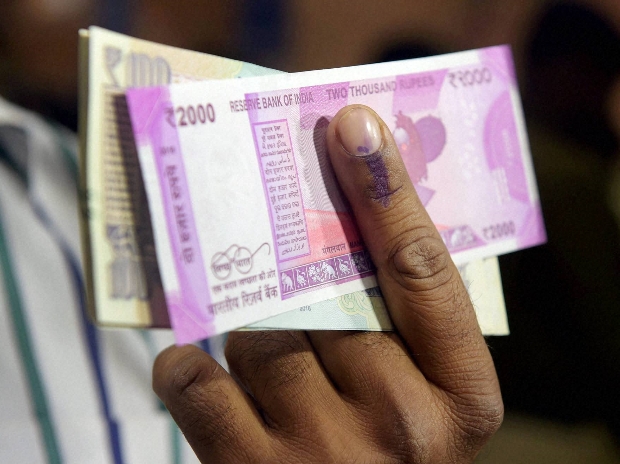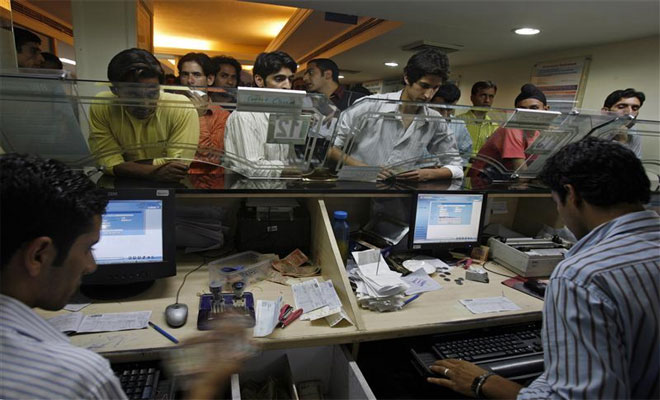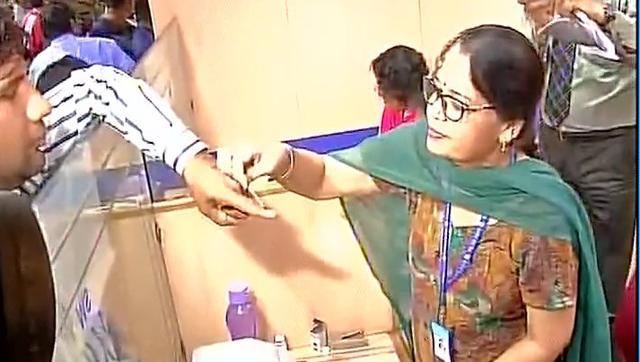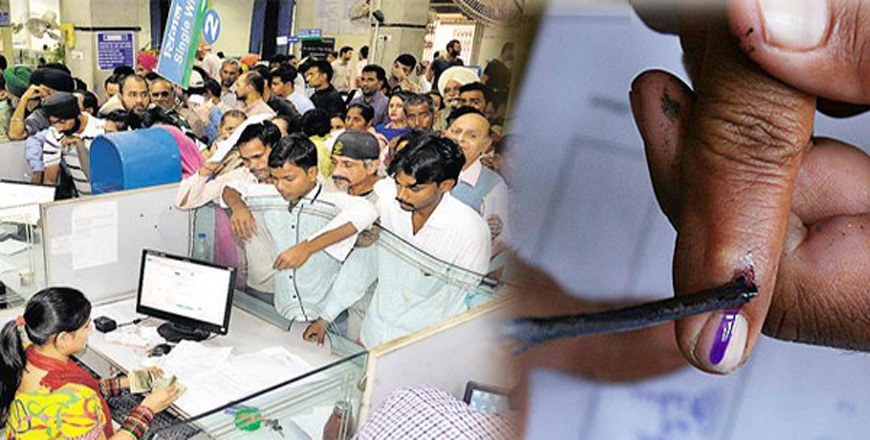- Advertisement -
Eleven branches of the State Bank of India today began inking the fingers of people who exchange the now banned 500 and 1000 rupee notes for new ones, in a move designed to stop people from making multiple exchanges at different branches.
They are using indelible ink to mark the index finger on the right hand, not the left, as elections will be held soon in several states including Uttar Pradesh and Punjab and the Election Commission will mark the middle finger on the left hand of voters to ensure they don’t cast an illegal second vote.
Economic Affairs Secretary Shaktikanta Das said today that indelible ink bottles have been airlifted to all regions across the country.

The government announced the inking on Tuesday after revenue intelligence agencies reported that those with black or untaxed money were making innocent people stand in multiple queues each day to exchange their illegal money, Rs. 4500 at a time.
The Reserve Bank has issued a standard operating procedure or SOP for banks on the inking. It will be introduced, the central bank said, first in metros and then will be expanded to other places. The process will be slow as the indelible ink is produced only at government establishments and the quantity required is huge.

Each bank branch will be provided with black indelible ink in 5 ml bottles. The indelible ink will be applied before the replacement notes are given to the customer so that the ink can dry while the exchange of notes is taking place, preventing a person from quickly removing it before it has dried.

The process could create more confusion than clarity. The indelible ink mark takes at least 15 days to go away. Which means any person who exchanges 4,500 rupees on day one may face problems the very next day as it won’t be clear if the mark was put on the same day or earlier.
Each person can exchange old notes worth 4,500 every day.
- Advertisement -














